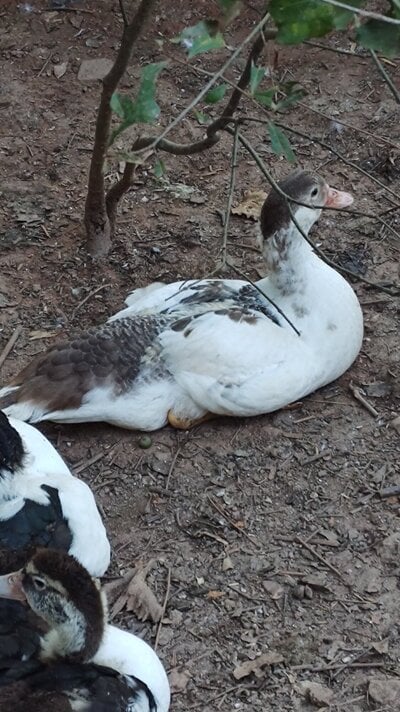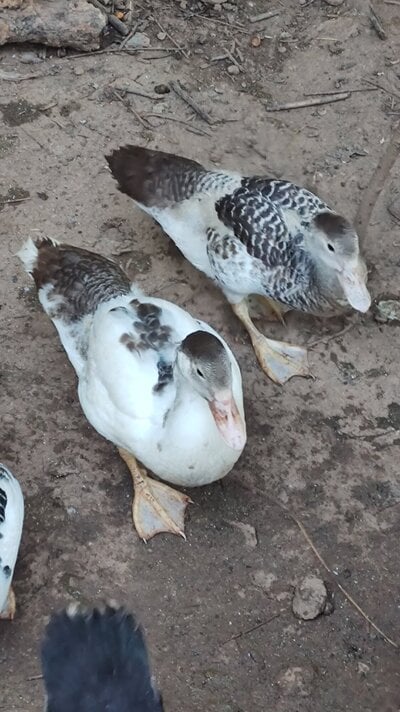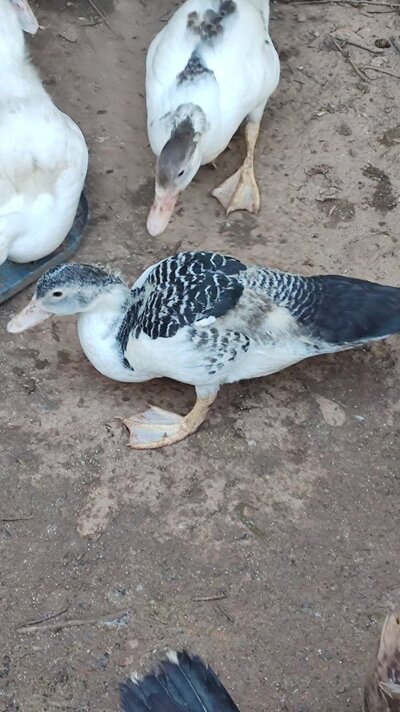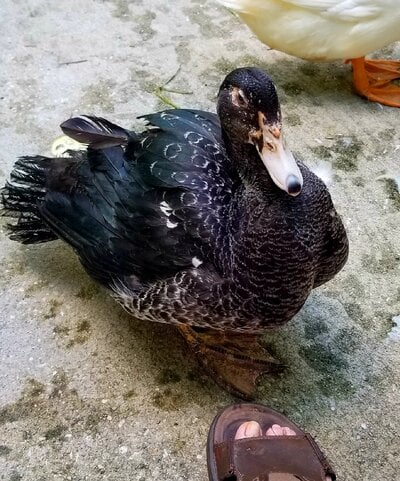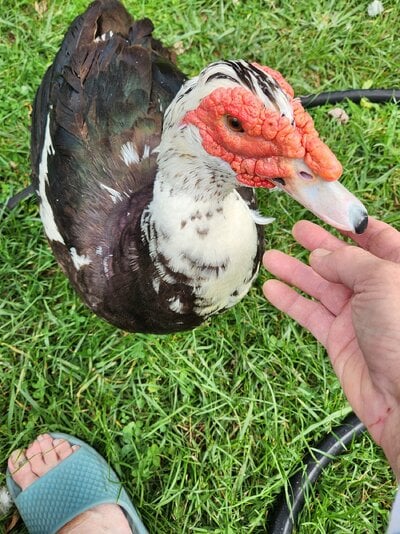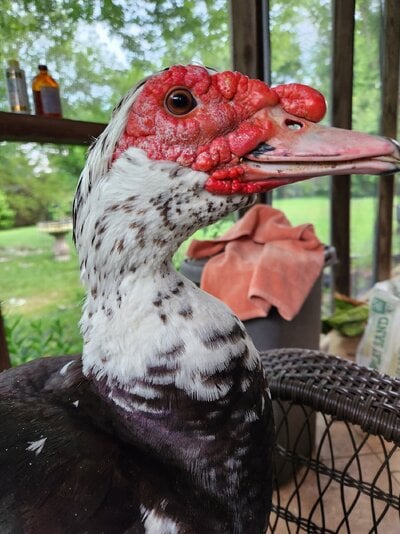- Feb 14, 2013
- 112
- 119
- 211
I was given 20 free Muscovies a few weeks ago and didn't know that barred and rippled Muscovies existed until this year. I always had the black and white pied color. It turns out that 5 of the new ones are either barred or rippled, but I'm not exactly sure about the difference. I haven't found great pictures of rippled vs barred.
Any idea about these?
Any idea about these?

